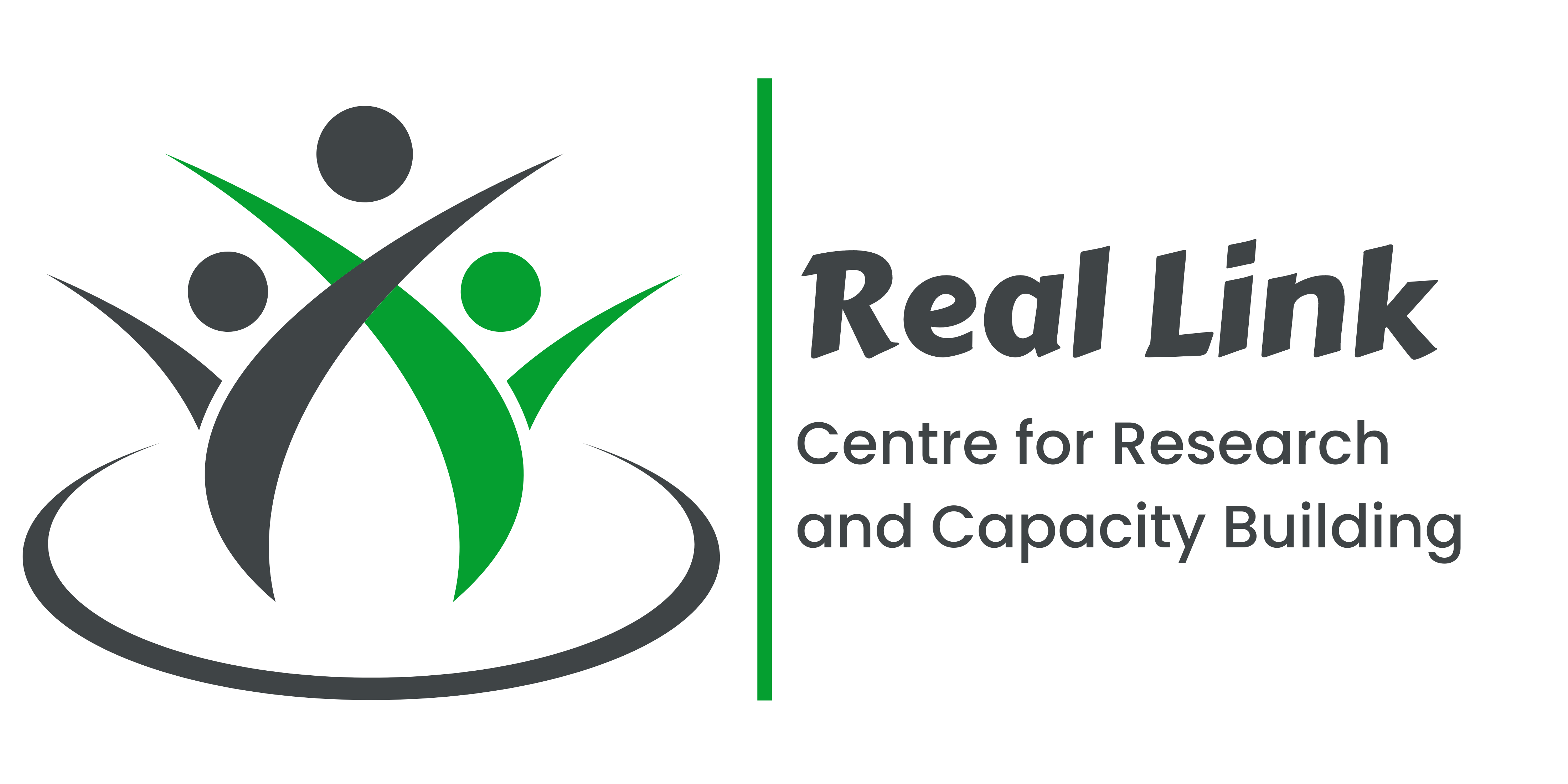Mid this year on July 2023 the SDG 2023 Report1 was launched. Among the highlights of the report was the success and challenges that nations have been going through in the quest to achieve the SDG commitments. Among the African countries, Sub-Saharan African countries were not spared these challenges.
A deeper look into the SDG report reveals several worrying trends that are pertinent to African countries and the global community at large. These emanate from the fact that very few countries are doing well in the released SDG index among the 166 countries that have made commitments to the SDG goals.
As other nations pride themselves on appearing among the top 100 nations who have made significant progress towards the achievement, we see most African nations in the Sub-Saharan region as lagging with Cape Verde and Mauritius being the only ones that made it among the top 100 countries at position 89 and 93 respectively out of the total 166 countries. While this seems to be a big achievement for the respective countries, the positioning shows that there is still a big leap that needs to be made to bring more African countries to the same level.
Another worrying trend emerging from the report is the number of SDG goals that are in the red. on average, it appears that most nations have 12 SDG goals remaining in the red zone. This is worrying because it is a trend that occurs for almost 90% of the countries in the Sub-Saharan region. What this shows is that there needs to be more effort to understand why the SDGs are on the red for most African countries.
Since the SDGs that are in the red can be argued to constitute human dignity-related goals, there is a trend that shows that human dignity in Sub-Saharan Africa is at stake. With almost all countries in this region achieving only two of the SDGs identified as, SDG 12: Responsible consumption and production – ensure sustainable consumption and production patterns and SDG 13: Climate action, the key SDGs such as: SDG 1: No poverty – end poverty in all its forms everywhere, SDG 2: Zero hunger – end hunger, achieve food security and improved nutrition and promote sustainable agriculture, SDG 3: Good health and well-being – ensure healthy lives and promote well-being for all at all ages, SDG 4: Quality education – ensure inclusive and equitable quality education and promote lifelong learning opportunities for all, SDG 5: Gender equality – achieve gender equality and empower all women and girls, SDG 6: Clean water and sanitation – ensure availability and sustainable management of water and sanitation for all, among others still remain in the red for almost 99% of the Sub-Saharan African countries. This implies that while most nations are celebrating the progress in providing a dignified living for their citizens, African countries in the Sub-Saharan region are struggling to do the same.
It is equally worrying that in the bigger scheme of things, ICT has minimally been mentioned as a critical enabler for the achievement of the SDGs. It is for this reason that we embarked on an explorative study to assess this gap and provide recommendations on the involvement of ICT for sustainable development and provide a springboard for nations in Sub-Saharan Africa to extend their progress in the quest to achieve SDG goals to the benefit of their citizenry.
- https://www.sdgindex.org/reports/sustainable-development-report-2023/
↩︎

